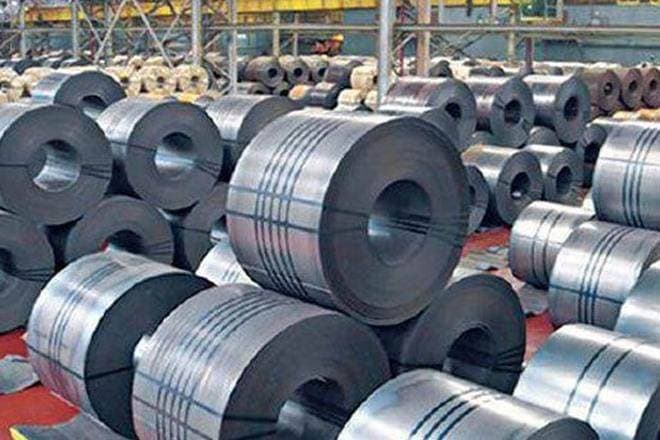The IIP data of January 2020 may be taken as a fair representation of the state of things in the industrial arena of the country prior to being hit hard by the coronavirus outbreak. We came to know about the disastrous impact of the virus originating from Wuhan in China only from the third week of the month and were supremely ignorant that the wildfire-like spread of the deadly virus would engulf so many countries so quickly. Currently, the pandemic has plunged some parts of the world into dark and harsh realities (Italy, Spain, France, Germany and Iran) with extensive damages in human life and put a near halt to all conceivable areas of business, trade and services. There are huge amount of data and analysis that are made available, thanks to the plethora of social media, which dishes out unsubstantiated panic.
The Indian government, like in all other countries that have undergone much greater hardships in the recent past, is adopting all possible steps to combat the challenges. But as this is known as a novel virus and is spread primarily through contact, direct or indirect, the preventions required to be adopted at individual and group level have all been reportedly undertaken by each state to minimise the impact of the damage. Only time would tell if we have succeeded in our endeavour. Cleanliness has never been practiced so steadfastly in our country and this poses a big threat. Mass sterilisation for a populous country like ours may be the next step, if the virus gets strengthened.
As there is a near stoppage of movement, the businesses of all types have taken a heavy toll. It is indeed unfortunate that the first month of the current year that began with a positive response in the industrial indices, would take a southward trend in February and March. For instance, the manufacturing sector fell 1.2% in December 2019 compared to December 2018 and in January 2020, it grew 1.5%. Similarly, electricity generation that went down 0.1% in Deceber 2019 rose 3.1% in January 2020. As a result, the total IIP, which declined 0.3% in December 2019, has gone up 2% in January 2020. Manufacturing of basic metals increased 14.2% in December 2019 and continued the trend with an another 14.1% rise in January 2020. During the first 11 months of the current fiscal, the production of finished steel in the country has grown compared to the previous year. It is important to note that the rate of decline of the capital goods industry, the most steel-intensive segment, has come down from 18.2% in December 2019 to 4.3% in January 2020.
The declining ratio of GFCF as percentage of GDP that adversely impacted the growth of the infrastructure and construction segment to (-) 2.6% in December 2019 continued the trend with a (-) 2.2% rise in January 2020. The rate of decline in the consumer durables segment has also come down from 6.7% in December 2019 to 4% in January 2020. Significantly, the intermediate goods segment comprising of pipes and tubes, steel castings, electrical steel laminations and ball bearing, which grew 12.5% in December 2019, rose 15.8% in January 2020. Specifically, the production of pipes and tubes of steel rose 77.3% in December 2019 compared to the year-ago period and increased 75.4% in January 2020. However, during the first 10 months of the current fiscal, the consumption of pipes and tubes has gone down 4.54% compared to the previous year with the rise in inventory.
Product wise, while HR coils/sheets have positively contributed to the January’s IIP growth, there is a definite signal of lower production of bars and rods of alloy and stainless steel and structural steel of angles, shapes and sections. Between April 2019 and January 2020, the HR coil/sheet production from domestic mills has gone up 2.3% compared to last year and consumption went up marginally. The production and consumption of structurals during the period has also gone up marginally. It is important to note that as the automobile sector is passing through a demand constraint that has adversely affected the consumption of bars and rods in alloy and stainless steel that has gone down significantly by more than 25% during the period.
Steel prices after they went down sharply in first half of Q3FY20 were rising gradually in December 2019 and January and February 2020. The marginal rise announced in March 2020 has been absorbed, however, the coming months’ trend of consumption and prices of steel are dependent on a host of uncertain factors. The steel exports are suffering for want of orders as Italy, Spain, Saudi Arabia and Nepal are struggling against the virus. The major steel import sources South Korea and Japan are continuing, but may dry up in the coming months. Domestically, all end-use sectors dependent on imports from China are in deep trouble. The challenge is to find out alternative sources, some of which are also facing challenges from the virus. Thus, for the next fortnight, the scene is going to unfold gradually. Crude prices are going to be at an all-time low. Poor demand from China for iron ore and coking coal may lead to lower prices that may benefit Indian mills.
The writer is DG, Institute for Steel Development & Growth.
(Views are personal)


